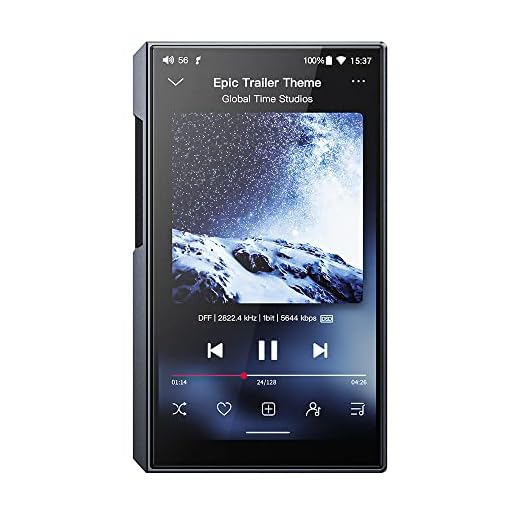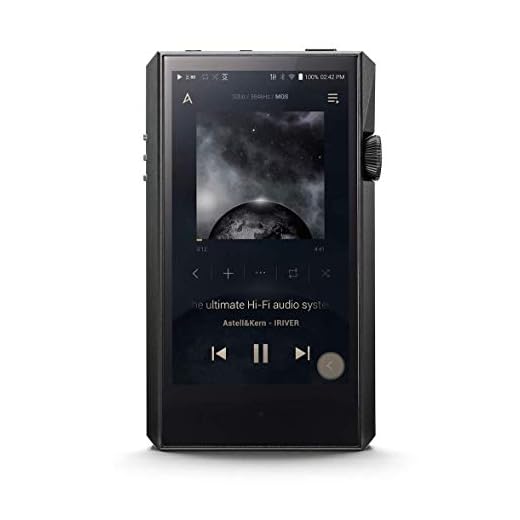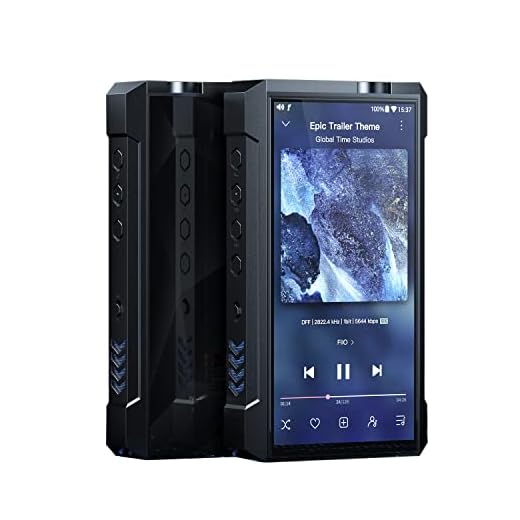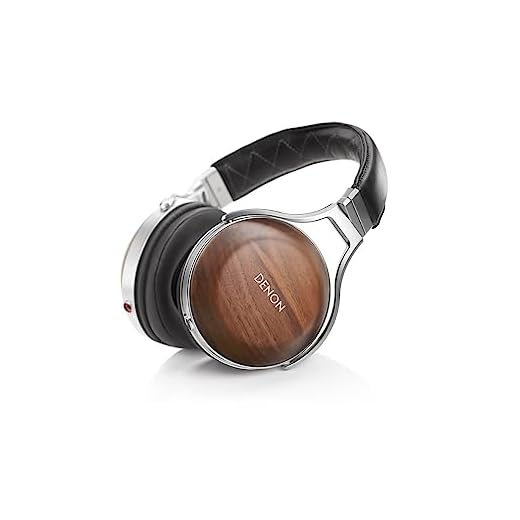In the realm of listening, truly lossless music feels like the veil has been lifted. There’s an immediacy to the sound—vocals appear textured and present, instruments inhabit distinct spatial planes, and subtle details like breath, reverb decay, or finger slides aren’t artifacts, they’re intentions. It’s not just clean—it’s intact. Even silence is full: the quiet between notes feels deliberate, preserved. When listening through a capable LPMP and wired setup, the music doesn’t just play—it arrives, with full dynamic range, honest timbre, and no compression smear softening the edges.
Technically, “lossless” refers to audio formats that retain all the data from the original source without discarding information for size reduction. Formats like FLAC, ALAC, and WAV store the full waveform, unlike MP3 or AAC which strip away sonic elements to shrink file size. But truly lossless playback demands more than just the right file—it means passing that data through a digital-to-analog converter (DAC) with no hidden resampling, no Bluetooth recompression, no software-imposed ceilings. It’s a chain of preservation, where the purity of bits translates into the purity of experience. Only when each link—source, device, headphones—is tuned for transparency does “lossless” become not just a spec but a sensation.
For this listening ritual, we’re seeking LPMPs that prioritize bit-perfect output over feature bloat—devices that treat wired playback not as legacy, but as sacred. The ideal player must support native decoding of high-resolution, lossless formats like FLAC, ALAC, and DSD without internal resampling. It should offer robust output power (especially via balanced connections), low noise floor, and DAC architecture that respects the original signal. We’re interested in models that pair well with high-impedance headphones, offer stable OS environments for file access, and give the listener tactile control without touchscreen clutter.
Balanced vs. Unbalanced: the split wire in the fidelity chain. Unbalanced (typically 3.5mm) is the classic stereo connection—simple, sufficient, and universal. But balanced (often 4.4mm or 2.5mm) goes further: it delivers higher output power, improved channel separation, and reduced electrical noise. For high-impedance headphones or planar designs, balanced is often the difference between “hearing everything” and “feeling everything.” The LPMPs we’ve selected embrace both—giving the listener choice, precision, and a quieter path from waveform to ear.
Here comes the table, tuned to your signal chain… 🫧
🎧 Lossless Portable Music Players for Wired Listening
| Model | Tier | Output Power | Supported Impedance | DAC Chip | Notable Features |
|---|---|---|---|---|---|
| HiBy R6 Pro II | Mid-Tier | 400mW @32Ω (BAL) | Up to 300Ω | Dual AK4499EX + AK4191 | 4.4mm & 3.5mm jacks, Class A amp mode, Android 12 |
| FiiO M11 Plus ESS | Mid-Tier | 588mW @32Ω (BAL) | Up to 300Ω | Dual ES9068AS | THX AAA amp, 4.4mm/2.5mm/3.5mm outputs, DSD256 |
| iBasso DX320 | Flagship | 1200mW @32Ω (BAL) | Up to 600Ω | Dual ROHM BD34301EKV | Replaceable amp cards, 4.4mm/3.5mm, DSD512 |
| Astell&Kern SP3000 | Flagship | 6Vrms @600Ω (BAL) | 16Ω–600Ω | Dual AK4499EX + AK4191 | Stainless steel body, 4.4mm/3.5mm, native DSD |
| Cayin N8ii | Flagship | 1200mW @32Ω (BAL) | Up to 600Ω | Dual ROHM BD34301EKV | Class A/AB switch, tube mode, 4.4mm/3.5mm |
Notes for the Ritualist Listener:
- Balanced output (4.4mm) is key for high-impedance headphones—each of these players supports it.
- Class A amplification (HiBy R6 Pro II, Cayin N8ii) adds warmth and drive for planar magnetics or vintage dynamics.
- ROHM DACs (DX320, N8ii) are rare and revered for their analog-like smoothness.
- Astell&Kern SP3000 is the only one here with full flagship-grade stainless steel housing and dual DAC architecture that separates left/right channels physically.
Pairing the Playback: Headphones and the Human Behind the Signal
Even the most sonically disciplined LPMP is only half the equation—it needs headphones that translate its pure signal into sound that resonates with the listener’s sensibilities. Impedance, driver type, and build are all technical factors, yes—but equally vital is the personality behind the ears. That’s why instead of offering dry pairing specs, we introduce five individuals whose listening rituals align with the LPMPs they’ve chosen. Each one brings a distinct voice to the table—not through dialogue, but through their silence, their habits, and the way they inhabit sound. Their setups aren’t just optimal—they’re personal.
Mark seeks balance and space, leaning into the HiBy R6 Pro II with his HD 660S2s. He’s the kind to notice the air around a piano note, or the rustle before a crescendo. Riya, with her FiiO M11 Plus ESS and closed-back Focal Elegias, curates tracks like city textures—analytical but soft. Hiro pairs his iBasso DX320 with planar power, chasing momentum without sacrificing detail. For Elif, elegance meets exactitude through the SP3000 and Meze Elite—she listens like one touches sculpture. And Omar, the archivist, plugs his ZMF Atrium into the Cayin N8ii not just to hear history, but to embody it.
🎧 Chosen Pairings: Possibilities Where Personality Meets Precision
| Persona | LPMP | Headphones |
|---|---|---|
| Mark | HiBy R6 Pro II | Sennheiser HD 660S2 |
| Riya | FiiO M11 Plus ESS | Focal Elegia |
| Hiro | iBasso DX320 | Audeze LCD-X |
| Elif | Astell&Kern SP3000 | Meze Elite |
| Omar | Cayin N8ii | ZMF Atrium |
These aren’t just technical pairings—they’re sonic portraits. Each setup reflects not only acoustic synergy, but a deep personal resonance with how these individuals engage with music. Together, they form a quiet ensemble of preferences, each inviting readers to find themselves in a sound.
Availability varies—and so does discovery. In some cases, we’ve recommended next-generation or closely matched alternatives to preserve the spirit of each persona’s setup.
Investing in high-fidelity gear isn’t just a purchase—it’s a slow-burn commitment to self-development. These aren’t fleeting upgrades; they’re long-term companions that evolve with your tastes, your habits, and your moments of solitude. Imagine having found your resting state; the familiar place you can visit for audio satisfaction. Spread across years, their cost becomes secondary to the quiet satisfaction they cultivate. The pleasure they offer isn’t loud or performative—it’s a private achievement, one that lives in the texture of sound, the calm of ritual, and the confidence of knowing your setup reflects who you’ve chosen to become.











